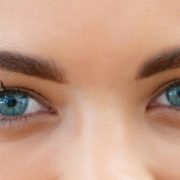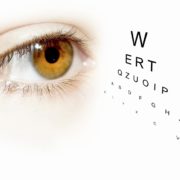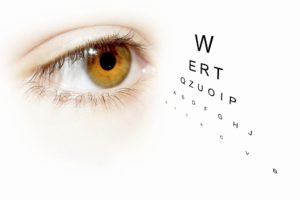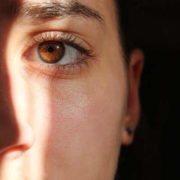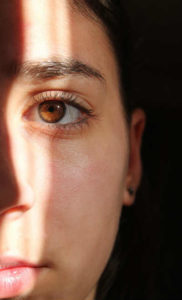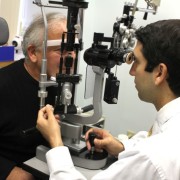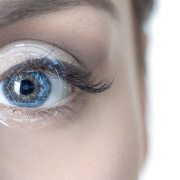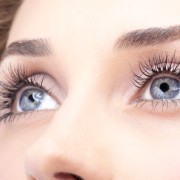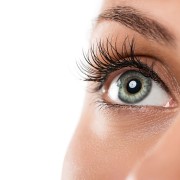Your Eyes. Quite Simply Amazing.
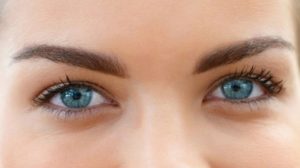 Your eyes are not just one of the many parts of your anatomy, your eyes are extremely complex, consisting of seven main parts that focus on objects, transmit information to your brain and detect light.
Your eyes are not just one of the many parts of your anatomy, your eyes are extremely complex, consisting of seven main parts that focus on objects, transmit information to your brain and detect light.
Every human eye is unique. In fact, as early as the 1950’s, scientists suggested that the patterns of folds and ridges of the iris, the tissue surrounding the pupil of the eye, could be used for identification purposes. Iris patterning has been observed since ancient times, its characteristics studied by diviners to determine a person’s destiny. The iris, which works like the aperture on a camera and regulates light levels that assist in focusing, is also responsible for eye color.
Here are nine additional facts you may not know about your eyes:
1.The ability to see requires about half of your brainpower.
2.You blink about 12 times every minute.
3.Of all the muscles in your body, the muscles controlling your eyes are the most active.
4.While it takes time for most parts of your body to warm up to their full potential, your eyes are on their “A Game” 24/7.
5.The average blink lasts for about 1/10th of a second.
6.Newborn babies don’t produce tears. They make crying sounds but tears don’t start flowing until they are several weeks old.
7.80% of vision problems worldwide are avoidable and even curable.
8.Each of your eyes has a small blind spot in the back of the retina where the optic nerve attaches. You don’t notice the hole in your vision because your eyes work together to fill in the blind spots.
9.The eye heals quickly. With proper care, it only takes about 48 hours for the eye to repair a corneal scratch.
Dr. Latina is dedicated to your sight and to keeping your eyes healthy. Call to schedule an appointment, today: Reading (781) 942-9876. Melrose (781) 662-2216.

